Transcription of Language Testing and Assessment: An Advanced Resource …
1 Language Testing . AND ASSESSMENT. Routledge Applied Linguistics is a series of comprehensive Resource books, pro- viding students and researchers with the support they need for Advanced study in the core areas of English Language and Applied Linguistics. Each book in the series guides readers through three main sections, enabling them to explore and develop major themes within the discipline. Section A, Introduction, establishes the key terms and concepts and extends readers' techniques of analysis through practical application. Section B, Extension, brings together in uential articles, sets them in context and discusses their contribution to the eld. Section C, Exploration, builds on knowledge gained in the rst two sections, setting thoughtful tasks around further illustrative material. This enables readers to engage more actively with the subject matter and encourages them to develop their own research responses.
2 Throughout the book, topics are revisited, extended, interwoven and deconstructed, with the reader's understanding strengthened by tasks and follow-up questions. Language Testing and Assessment: provides an innovative and thorough review of a wide variety of issues from prac- tical details of test development to matters of controversy and ethical practice investigates the importance of the philosophy of pragmatism in assessment, and coins the term effect-driven Testing '. explores test development, data analysis, validity and their relation to test effects illustrates its thematic breadth in a series of exercises and tasks, such as analysis of test results, study of test revision and change, design of arguments for test validation and exploration of in uences on test creation presents in uential and seminal readings in Testing and assessment by names such as Michael Canale and Merrill Swain, Michael Kane, Alan Davies, Lee Cronbach and Paul Meehl and Pamela Moss.
3 Written by experienced teachers and researchers in the field, Language Testing and Assessment is an essential Resource for students and researchers of Applied Linguistics. Glenn Fulcher is Senior Lecturer in the School of Education at the University of Leicester, UK. Fred Davidson is Associate Professor in the Division of English as an International Language at the University of Illinois at Urbana-Champaign, USA. ROUTLEDGE APPLIED LINGUISTICS. SERIES EDITORS. Christopher N. Candlin is Senior Research Professor in the Department of Linguistics at Macquarie University, Australia, and Professor of Applied Linguistics at the Open University, UK. At Macquarie, he has been Chair of the Department of Linguistics; he established and was Executive Director of the National Centre for English Language Teaching and Research (NCELTR) and foundational Director of the Centre for Language in Social Life (CLSL).
4 He has written or edited over 150 publications and co-edits the Journal of Applied Linguistics. From 1996 to 2002 he was President of the International Association of Applied Linguistics (AILA). He has acted as a consultant in more than thirty- ve countries and as external faculty assessor in thirty-six universities worldwide. Ronald Carter is Professor of Modern English Language in the School of English Studies at the University of Nottingham. He has published extensively in applied linguistics, literary studies and Language in education, and has written or edited over forty books and a hun- dred articles in these elds. He has given consultancies in the eld of English Language education, mainly in conjunction with the British Council, in over thirty countries worldwide, and is editor of the Routledge Interface series and advisory editor to the Routledge English Language Introduction series.
5 He was recently elected a fellow of the British Academy of Social Sciences and is currently UK Government Advisor for ESOL and Chair of the British Association of Applied Linguistics (BAAL). TITLES IN THE SERIES. Intercultural Communication: An Advanced Resource book Adrian Holliday, Martin Hyde and John Kullman Translation: An Advanced Resource book Basil Hatim and Jeremy Munday Grammar and Context: An Advanced Resource book Ann Hewings and Martin Hewings Second Language Acquisition: An Advanced Resource book Kees de Bot, Wander Lowie and Marjolijn Verspoor Corpus-based Language Studies: An Advanced Resource book Anthony McEnery, Richard Xiao and Yukio Tono Language and Gender: An Advanced Resource book Jane Sunderland English for Academic Purposes: An Advanced Resource book Ken Hyland Language Testing and Assessment: An Advanced Resource book Glenn Fulcher and Fred Davidson Language Testing and Assessment An Advanced Resource book Glenn Fulcher and Fred Davidson First published 2007.
6 By Routledge 2 Park Square, Milton Park, Abingdon, Oxon OX14 4RN. Simultaneously published in the USA and Canada by Routledge 270 Madison Ave, New York, NY 10016. Routledge is an imprint of the Taylor & Francis Group, an informa business This edition published in the Taylor & Francis e-Library, 2006. To purchase your own copy of this or any of Taylor & Francis or Routledge's collection of thousands of eBooks please go to . 2007 Glenn Fulcher & Fred Davidson All rights reserved. No part of this book may be reprinted or reproduced or utilized in any form or by any electronic, mechanical, or other means, now known or hereafter invented, including photocopying and recording, or in any information storage or retrieval system, without permission in writing from the publishers. British Library Cataloguing in Publication data A catalogue record for this book is available from the British Library Library of Congress Cataloging in Publication data Fulcher, Glenn.
7 Language Testing and assessment / Glenn Fulcher & Fred Davidson. p. cm. Includes bibliographical references and index. 1. Language and languages Ability Testing . I. Davidson, Fred. II. Title. 2007. dc22 2006022928. ISBN 0-203-44906-1 Master e-book ISBN. ISBN10: 0 415 33946 4 (hbk). ISBN10: 0 415 33947 2 (pbk). ISBN10: 0 203 44906 1 (ebk). ISBN13: 978 0 415 33946 9 (hbk). ISBN13: 978 0 415 33947 6 (pbk). ISBN13: 978 0 203 44906 6 (ebk). For Jenny and Robin Contents List of gures and tables xiv Series editors' preface xv Acknowledgments xvii How to use this book xix SECTION A: INTRODUCTION 1. Unit A1 Introducing validity 3. Introduction 3. Three types' of validity in early theory 4. Cutting the validity cake 12. summary 21. Unit A2 Classroom assessment 23. Introduction 23. Pedagogy and the measurement paradigm 25. summary 35. Unit A3 Constructs and models 36. Introduction 36. The nature of models 37.
8 Canale and Swain's model of communicative competence 38. Canale's adaptations 39. Bachman's model of communicative Language ability (CLA) 42. Celce-Murcia, D rnyei and Thurrell's model of communicative competence 47. Interactional competence 49. From models to frameworks: validity models and performance conditions 50. summary 51. Unit A4 Test speci cations and designs 52. Introduction 52. Planning in test authoring 53. Guiding Language versus samples 54. Congruence (or t-to-spec) 55. How do test questions originate? Reverse engineering and archetypes 56. Reverse engineering 57. Where do test items come from? What is the true genesis of a test question? 58. Spec-driven test assembly, operation and maintenance 59. vii Contents Towards spec-driven theory 60. summary 61. Unit A5 Writing items and tasks 62. Introduction 62. Evidence-centred design (ECD) 63. Describing items and tasks 69.
9 Tasks and teaching 73. summary 75. Unit A6 Prototypes, prototyping and eld tests 76. Introduction 76. Prototypes 76. Prototyping 79. Field Testing 85. The iterative nature of the process 89. summary 89. Unit A7 Scoring Language tests and assessments 91. Introduction 91. De ning the quality of Language 93. Developing scoring systems 96. Intuition and data 98. Problems with scales 98. Scoring in classical test theory 101. Reliability 104. score transformations 108. Item response theory 109. Endowing a score with special meaning 111. summary 114. Unit A8 Administration and training 115. Introduction 115. Getting things done 117. Quality management systems 127. Constraints 128. Test administration within the ECD delivery model 129. Rater and interlocutor training 131. Security 132. Test administration for disabled people 135. summary 137. Unit A9 Fairness, ethics and standards 138. Introduction 138.
10 Professionalism as a community of practitioners 138. Professionalism and democracy 141. Consequentialism 142. On power and pessimism 144. Professional conduct: standards for practice 155. Responsibilities of Language testers and their limitations 156. Accountability 157. summary 158. viii Contents Unit A10 Arguments and evidence in test validation and use 159. Introduction 159. Argumentation as solution 162. The form of an argument 164. Argument in evidence-centred design 167. Arguments in Language Testing 168. Arguments and feasibility 176. Argument, evidence and ethics 176. summary 178. SECTION B: EXTENSION 179. Unit B1 Construct validity 181. Cronbach, L. J. and Meehl, P. E. Construct validity in psychological tests ' 182. Unit B2 Pedagogic assessment 192. Moss, P. Reconceptualizing validity for classroom assessment' 193. Unit B3 Investigating communicative competence 203. Canale, M.
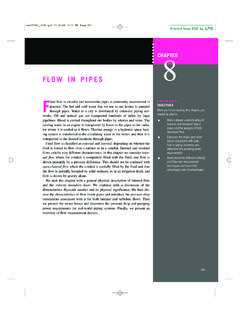
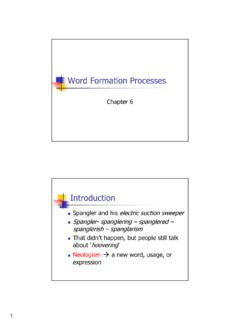
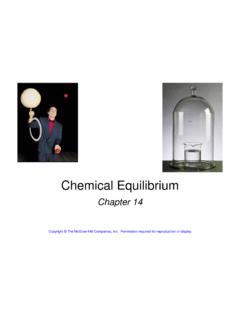

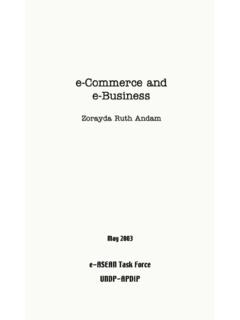
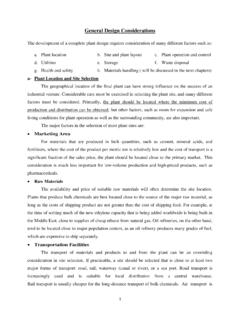
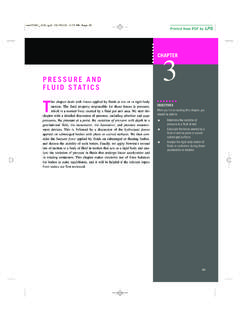
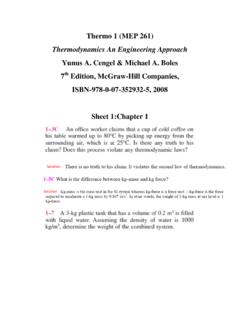
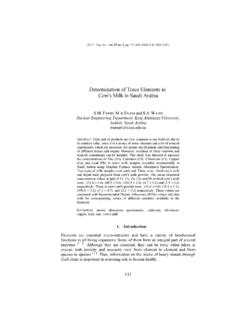
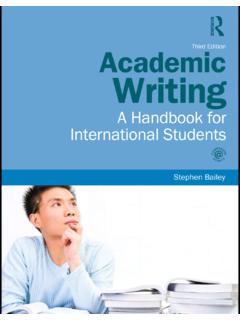


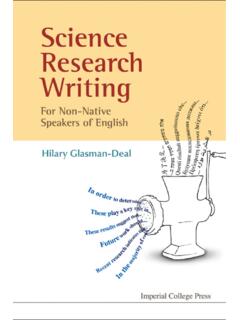
![[Policy Document Title]](/cache/preview/c/0/c/9/0/0/5/f/thumb-c0c9005f538503a199bbf322b9260223.jpg)